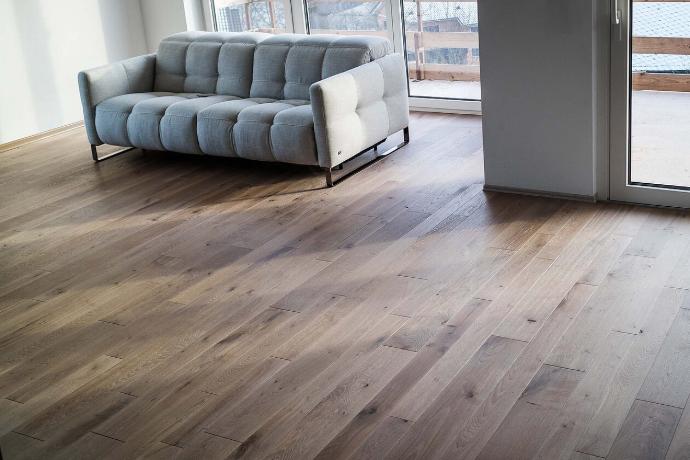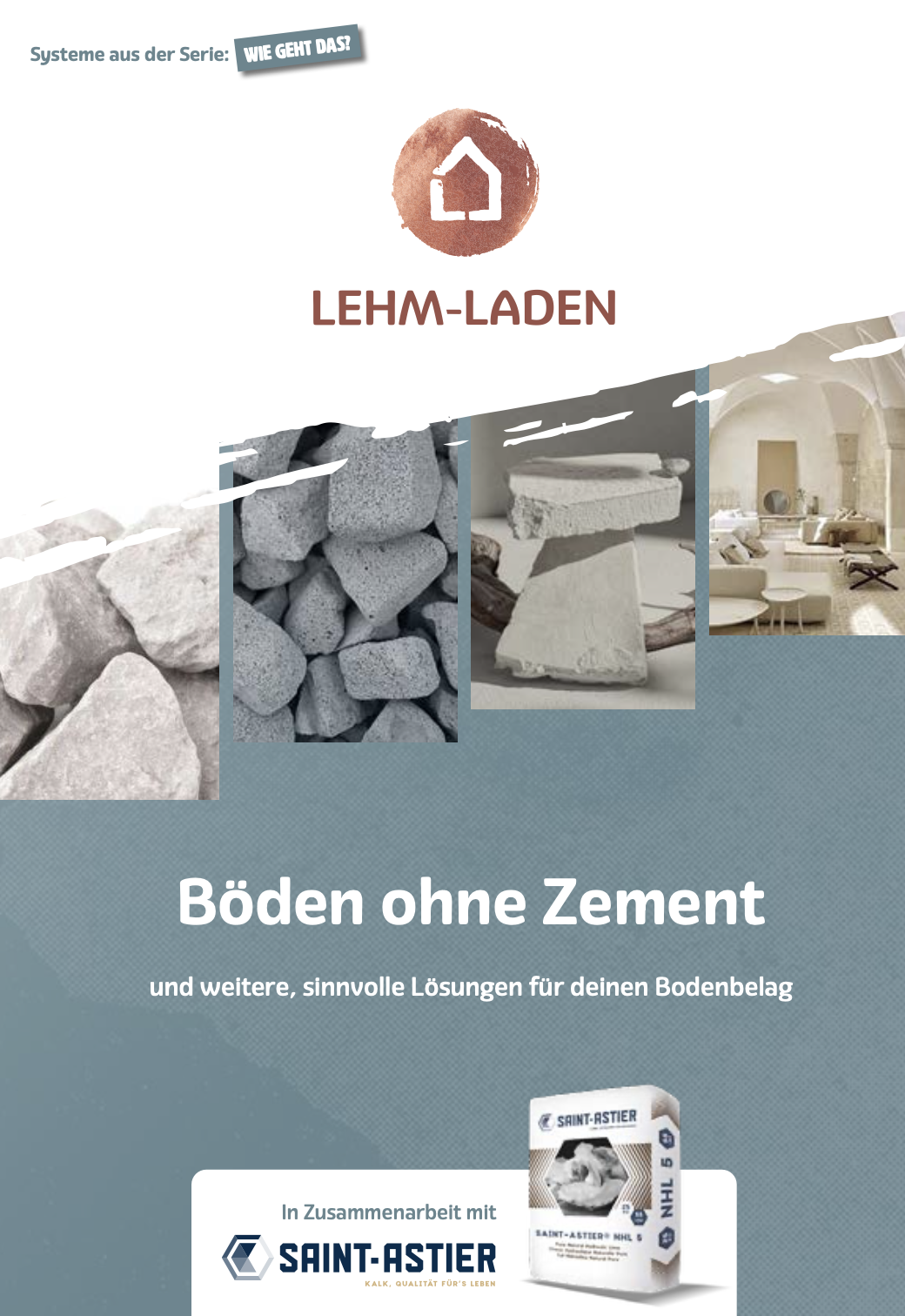Simple and robust
Lime screed is used wherever particularly diffusion-open floor structures are required. By installing a lime screed, the incoming, rising moisture is absorbed over the entire surface. Walls are thus permanently dehumidified, as the moisture can be distributed over a larger area and thus dry out without any problems.
The strength of a screed without cement is perfectly adequate for normal living areas. Only the setting time is delayed. A little more drying time must be allowed for a lime screed. If this is possible during the construction process, this floor protects the building permanently against rising damp.
The naturalness of the lime ensures a natural floor. The appearance and surface texture of a levelled lime floor cannot be compared with a seamless floor made of polymer-based or cement-based materials with a PU sealant.
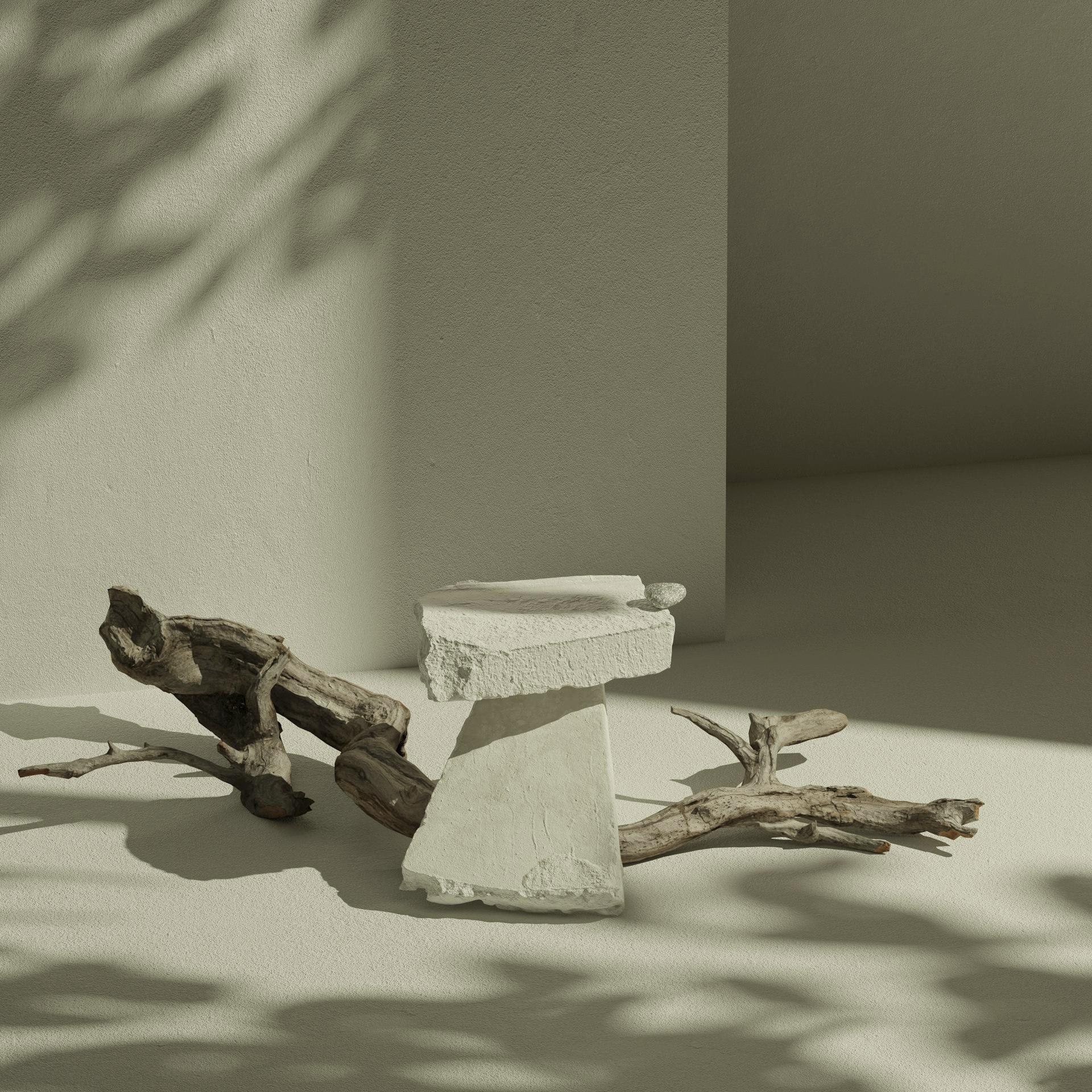
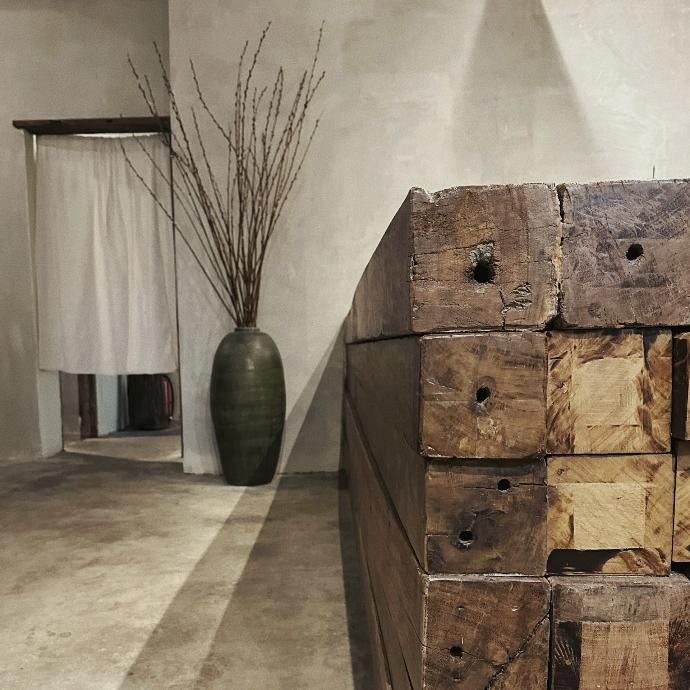
Processing and coating
However, the longer setting time makes it much easier to work with the screed. Levelled floors or finely rubbed surfaces are possible with the lime - but beware, the lime also sets. Don't take too much time.
Trowelled floors are incredibly beautiful, the slight unevenness and the trowel stroke that plays in the light create structures that are beautiful and unique.
We recommend applying a coat of Aglaia Aquasol stone oil as a top coat. The variety of colours is almost unlimited, from transparent to bright pink, everything is possible. The diffusion capacity is not affected and the surface strength is increased. Painting makes it possible to save the additional costs for a floor covering.
Alles zur Verarbeitung findest du in unserer Broschüre:
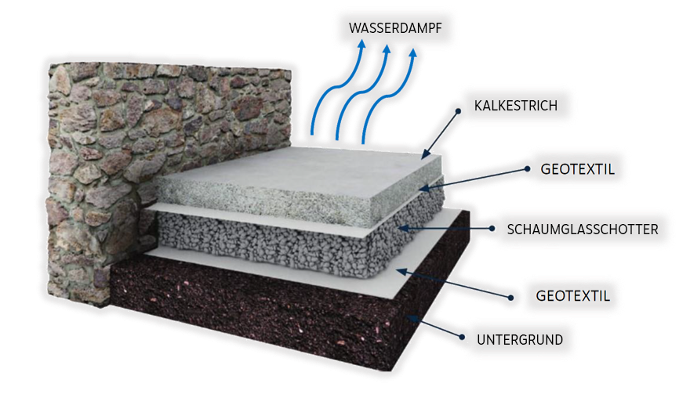
Moisture transport
Moisture from the soil can dry out completely via the permeable floor structure. This also permanently dehumidifies the neighbouring walls.
Natural stone and lime
However, flooring on the subfloor without cement is also possible. In order not to restrict the diffusion capacity of the material, we recommend using natural stone, terracotta, limestone slabs, sandstone or slate. Here, too, there is a wide choice.
Underfloor heating is of course also possible in a lime screed. In general, installation, connection to neighbouring components and processing work in exactly the same way as with a conventional cementitious screed.
Variants of lime screed can be made by using sand. A screed of brick chippings and brick sand mixed with Saint-Astier's NHL 5 makes a particularly absorbent screed. The moisture absorption of the ground brick is very high - significantly higher than with a normal screed gravel. These floors are called Cocciopesto.
The addition of selected stones and the grinding of the not yet hardened lime screed produces a terazzo.
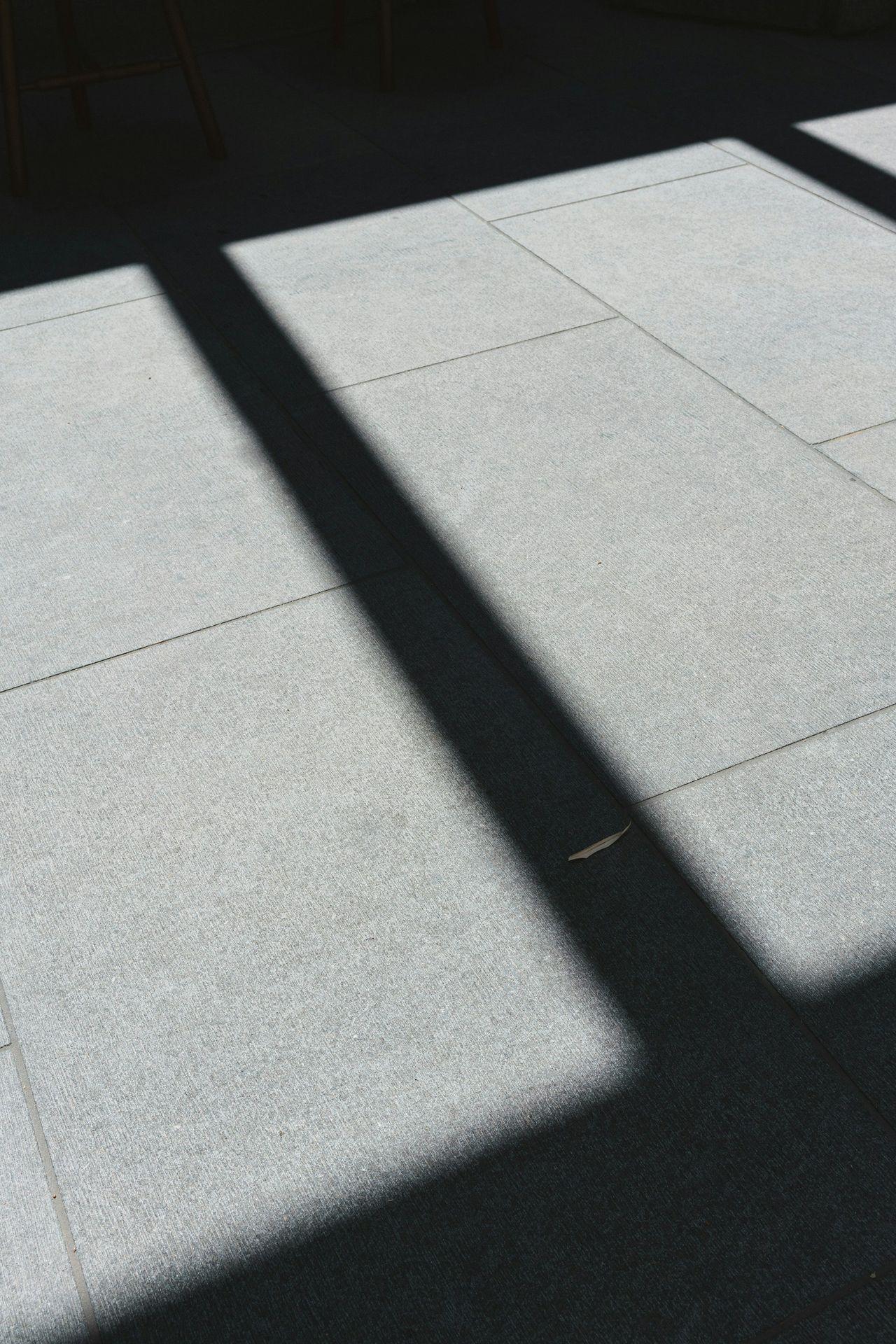
Holzdielen auf Kalkestrich: Die Gutshofdiele als ökologische Ergänzung
Für alle, die die Wärme und den Charakter von Holz auf einem baubiologisch wertvollen Untergrund schätzen, sind unsere Gutshofdielen die ideale Wahl. Da Holz selbst diffusionsoffen ist, harmoniert es perfekt mit den natürlichen Eigenschaften des Kalkestrichs und unterstützt ein ausgeglichenes, gesundes Raumklima.
Bei der Verlegung empfehlen wir, die Dielen auf einer Lattung zu befestigen, um eine gleichmäßige Auflage und stabile Konstruktion zu gewährleisten. Die Zwischenräume sollten dabei nicht hohl bleiben – ideal ist eine Füllung mit Hanf-Kalk-Schüttung, die zusätzlich für Wärme- und Trittschalldämmung sorgt.
Alternativ kann der Bodenaufbau auch mit der Gutex ThermoSafe-NF ausgeführt werden. Diese Holzfaserplatte bietet eine hervorragende Kombination aus Trittschall- und Wärmedämmung und ist ebenfalls vollständig ökologisch.
So entsteht ein langlebiger, wohngesunder Bodenaufbau aus reinen Naturmaterialien – atmungsaktiv, warm und mit dem unverwechselbaren Charme echter Gutshofdiele
